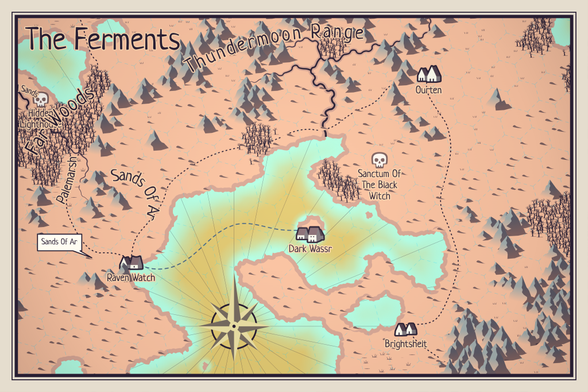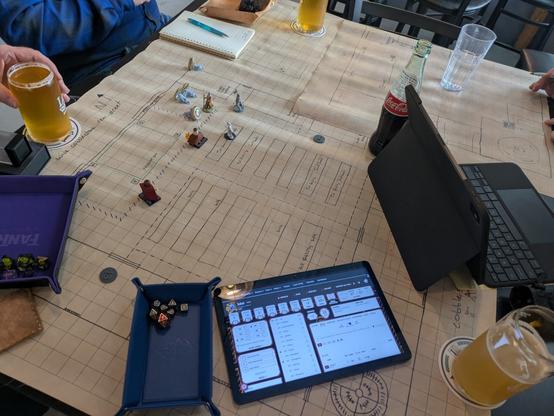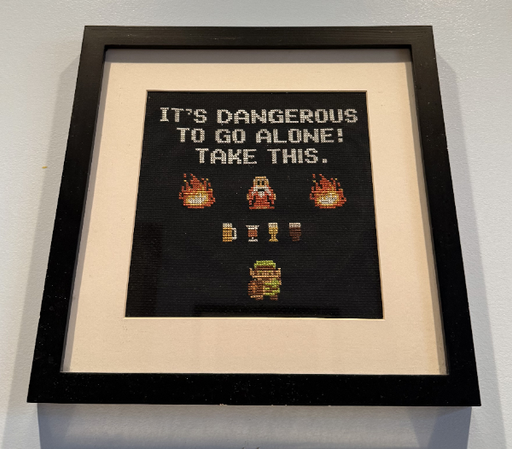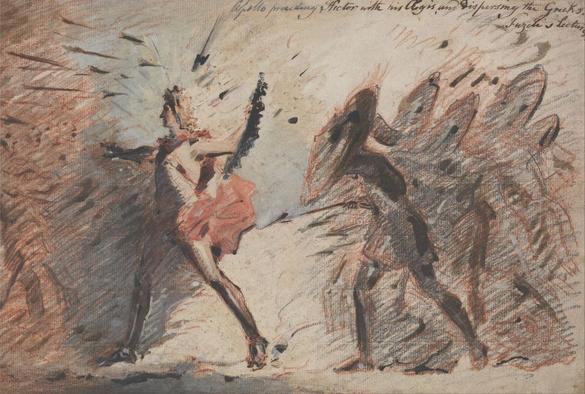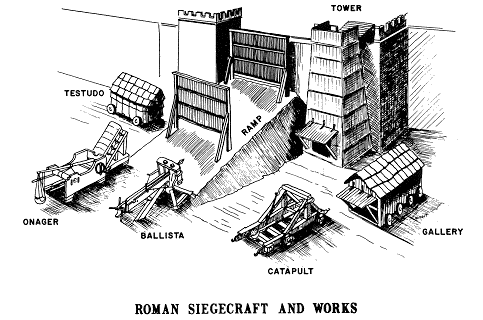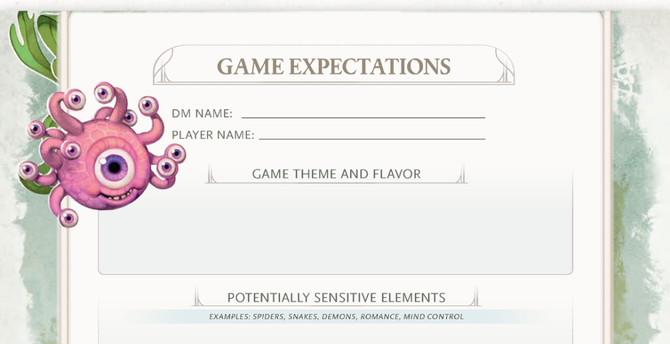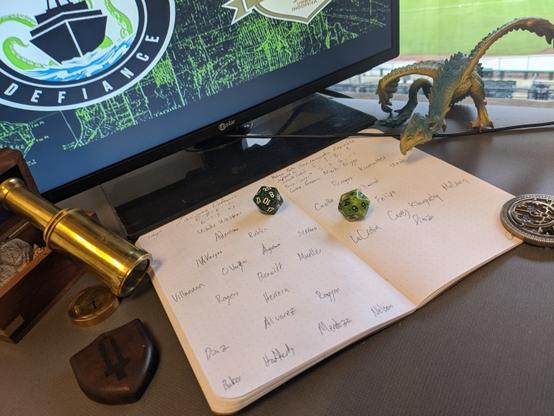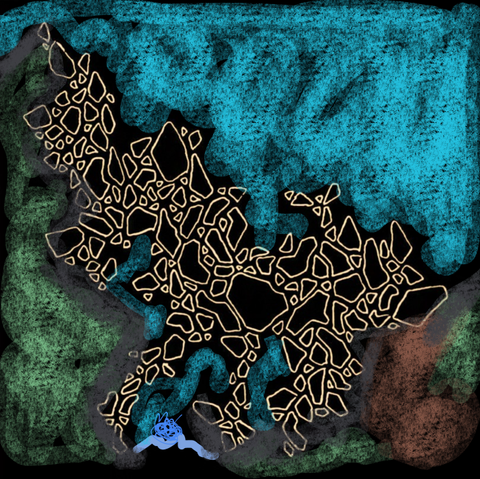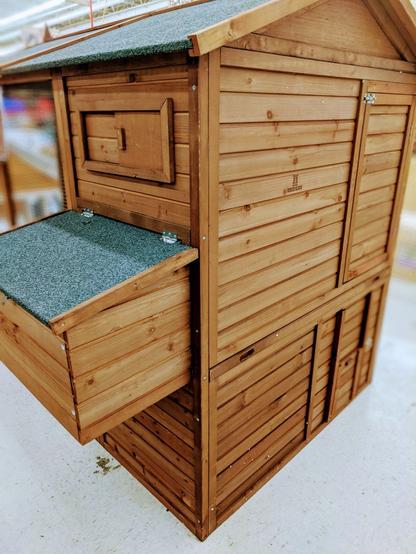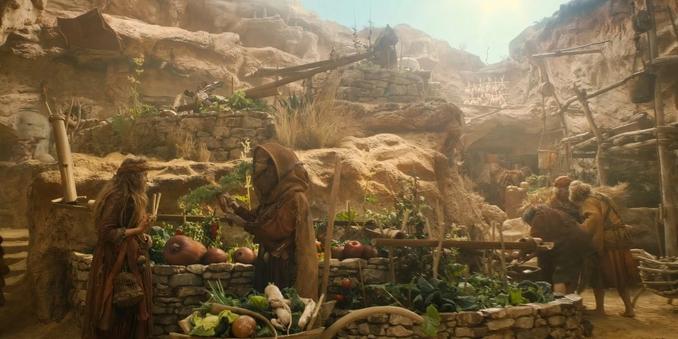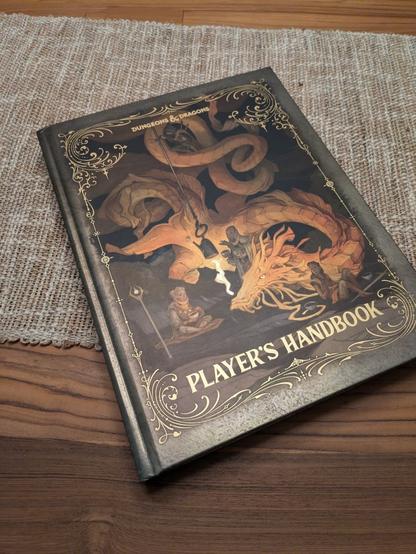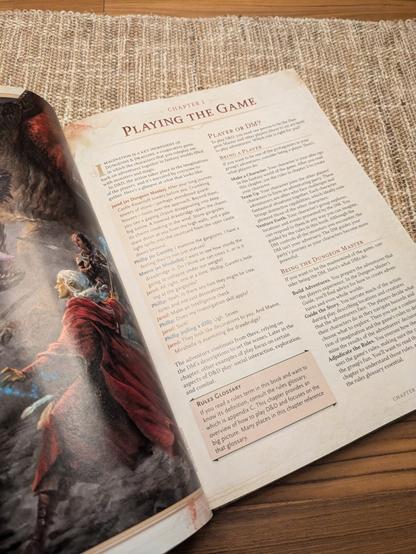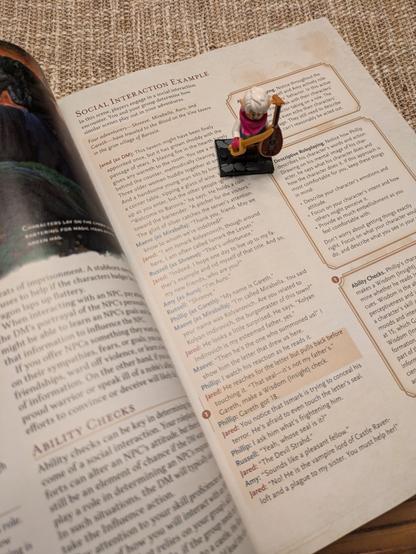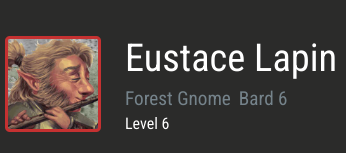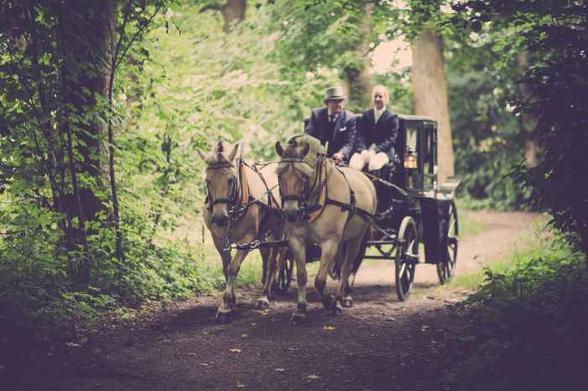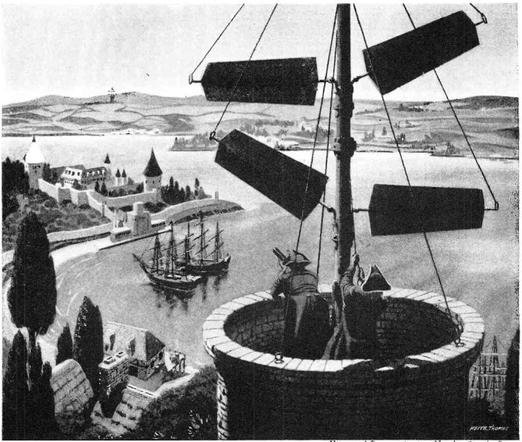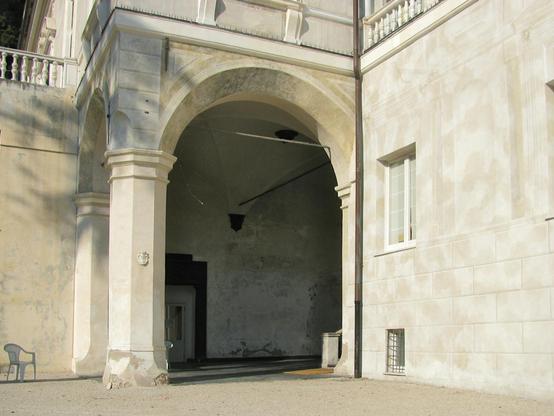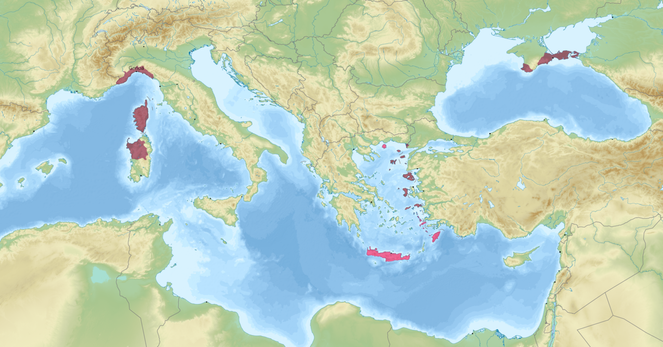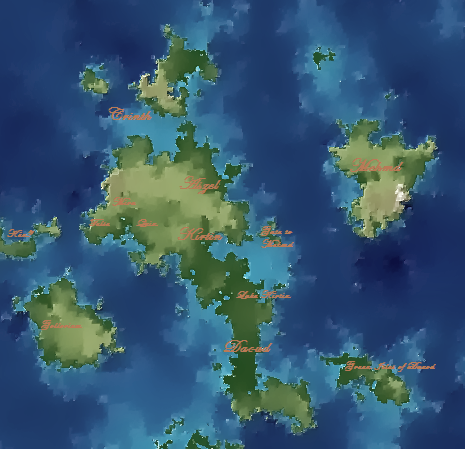This I’ll Defend, The Ferments: A campaign one sheet
The Ferments are a rough land of geysers, lava flows, fast glaciers, waterfalls, hot springs, tornadoes, earthquakes — the raw power of the world. From this land the best alcohols of the Six Kingdoms come. The peoples of the Ferments are dispersed, spread over the many miles with four main towns. They generally live in defensible homesteads interacting when they need goods or during festivals.
Campaign Premise
Our eventual heroes start out as the primary defender of a homestead. They know how to contact other homesteads for help when needed, but mostly they are on their own hoping to remain safe from a world where dragons came real, magic became powerful and kaiju returned.
Grand Conflicts
Elementals burst from the land, stronger than before and with a hungry intelligence that threatens the land. Outsiders fleeing the wars of Six Kingdoms come for safe harbor. Dragons and their Ken continue to search for more scholars.
Photo by Laura Paredis on Pexels.comEach homestead has a book, collection of scrolls or other devices that helps them control an element (earth, air, fire, water) or paraelemental (smoke, magma, dust, ice, steam, mud, etc). These start out with each PC knowing Elementalism, limited by their choice of element. Each was passed down since the time of Gallinor, before the time of dragons.
Factions
Every player will create either an ally or adversary family besides their own. They may also have a connection to one of the families (not all families share blood-ties) of other characters.
Adversaries
Allies
Rumors
This section will fill over time.
- Kaiju roam as in the time of Gallinor — some even are ridden. Word is they come from the Kirtin-in-the-Sky and the Cliffs of Gallinor.
Facets
- Exploring the zero-to-hero tropes, friendship with animals, and who gets to control knowledge.
- Defending your people.
- Inverted West Marches.
- Enemy generally comes to you. Though you may sallly in order to obtain resources.
- Episodic – attend when you can.
- Sessions are 3 hours, with each story completed in one session.
- Characters will level up every 3 sessions.
- Recaps will be posted to Full Moon Storytelling.
Variant Rules
- Wizards of the Coast’s 2024 D&D is the baseline
- Monsters may come from Black Flag, A5E, 5.1 and 5.2 products.
- Player options must be consistent within the ruleset (i.e. if you play a Mechanist all options should be from Tales of the Valiant for that character).
- There is a campaign set up on DnD Beyond. Email me to get an invite.
- Start at 1st level.
- Use point buy or standard array for starting attributes. If you want something random, the redrick roller gives random point-buy-valid stats.
- SlyFlourish’s Simple Array is permitted (17 14 14 12 10 8). Do not use ASIs from other sources.
- Playable races are Human, Hin(what they call themselves)/Halfling, or Goliath.
- Start with a Bonded Companion.
- There are several custom backgrounds and tools available. We will use cultures, not languages. Common is the Western Wildes. Other cultures are;
- Kirtin
- Daoud
- Crinth
- Azsel
- Mehmd
- Gobkon
- Dragonken
- Church of Quar
- Every character is assumed to have Common Knowledge in the Six Kingdoms.
- Heroic Inspiration will exist as a shared dice pool that is a maximum of 2+ the number of PCs that day.
- In addition to the normal ways to award Heroic Inspiration it will be awarded for playing to Short Form Personality.
- Each PC manages a Homestead (Bastion from 5e 2024) that starts with no Special Buildings.
- When defending your homestead you will have Militia Actions available. If you control a Barracks you have additional Militia Actions.
- Each session will offer the opportunity for a short rest. Long rests are between sessions.
Practicum
Sessions are on Sundays from 1-4 when my main campaign isn’t being played. We’ll meet at Logan Brewing, usually. I’m willing to do duet play outside of that timeline as well.
Each character should be built in a session zero discussing their personality, homestead, allies/adversaries and key abilities.
#campaign #campaignOneSheet #dd #DnD #DungeonsAndDragons #gaming #PlayingDD #RPG #TTRPG
